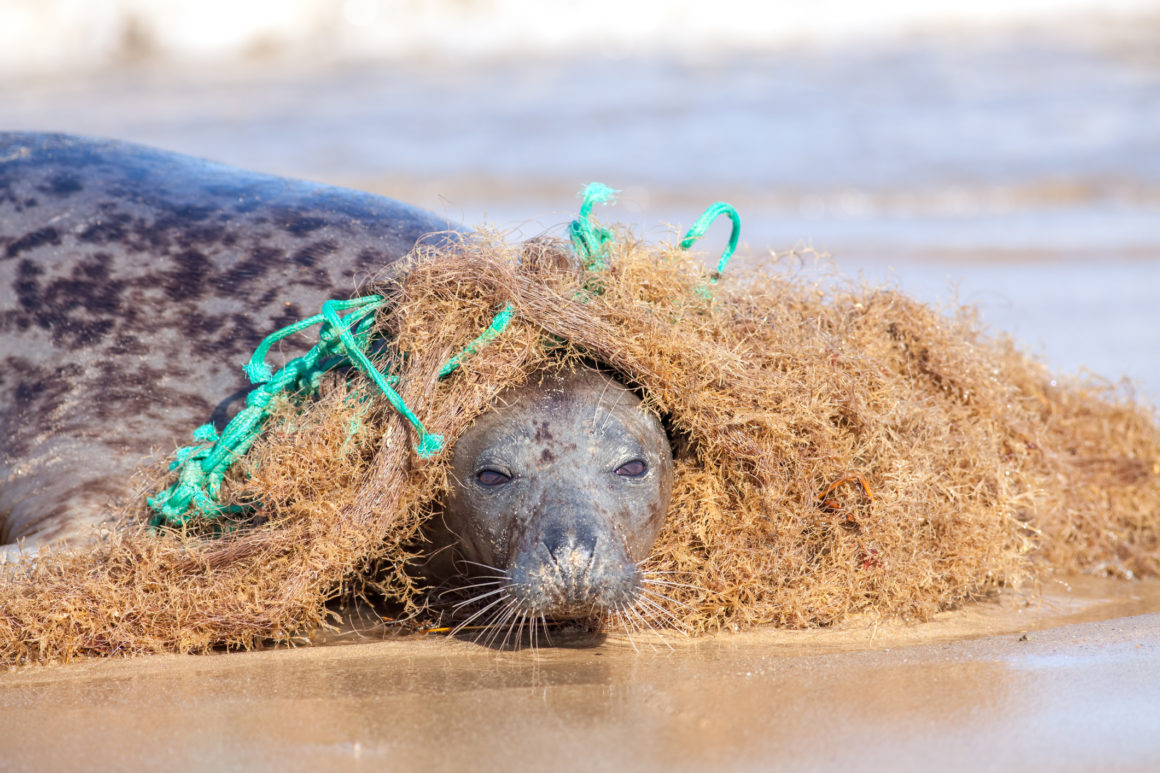According to the New York Times, a study from conservation group Oceana highlights the impact of plastic pollution on marine life, and the news contained in the report is pretty bad: More than 1,800 cases of entanglement or ingestion have affected 40 species since 2009. The study relies on statistics for sea turtles and marine mammals, which are protected by federal law.
These species must be reported to authorities when they are found in distress or dead, usually when they wash up on beaches. This data set is considered reliable because of the reporting requirement, but because of the way the data is gathered, it’s likely only a tiny percentage of actual cases.
An article in the New York Times spelled out details from the report, and pointed out the household items that are causing the most problems:
- The report states that 90 percent of the marine life included in its findings had ingested plastic.
- Six-pack rings must be made of degradable material, a rule in effect since 1994, but it may take months for them to degrade.
- Balloons are likely to be ingested, in particular those shiny mylar balloons, which are thought to resemble jellyfish when they end up in the water.
- Single-use plastic bags are a huge problem as well, though some municipalities and states have begun an effort to ban them.
- Toothbrushes and dental flossers have been found in the digestive tracts of loggerhead turtles, as have plastic forks.
- Studies have also indicated that plastic pieces begin to seem appetizing to marine life when they get coated with algae.
- The United States produced more plastic than any other nation in 2016.
- As of 2015, less than 10 percent of plastic waste had been recycled.

